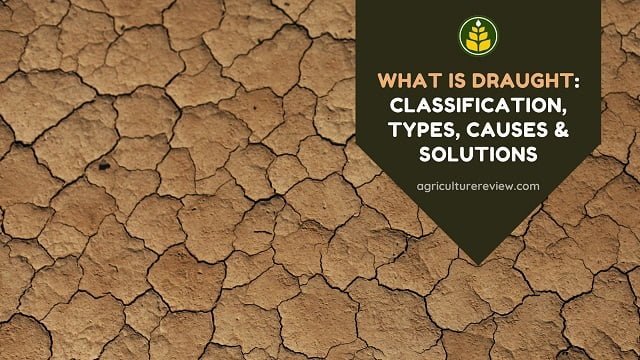The big problem associated with Mesopotamian farming techniques was the water shortage, uncontrolled water supply and irrigation. It was located between the Tigris and Euphrates rivers and relied heavily on irrigation water to continue agricultural activities. Farmers of Mesopotamia (Modern Day Iraq) built complex canal systems to channel water from the rivers to their fields for irrigation.
However, there were several challenges associated with this irrigation system in Mesopotamia.
Problems Associated With Mesopotamian Farming Techniques
- Silt Buildup: Rivers flowing near the fields carried silt, which was deposited on the fields during flooding. Although it acted as the natural source of fertilizers, it also led to the gradual buildup of sediment. Due to this, the fields became elevated above the surrounding areas over time. Hence, it became harder to irrigate the field efficiently.
- Water Shortage: There was very little rainfall in the region. The plains between the Tigris and Euphrates Rivers were dry for most of the year. That’s why farmers of Mesopotamia were dependent on floods during springs to the plains that carried irrigation water. Moreover, the exact timing was unpredictable, leading to either too little or too much water for farming.
- Uncontrolled Water Supply: The floods from the rivers were unpredictable and could wash away crops if they occurred after planting. That’s why farmers of Mesopotamia, needed a way to control the water supply to ensure a consistent and reliable source of water for their crops.
- Irrigation System: To solve water shortage problems, Sumerian farmers built irrigation systems, including levees, canals and dams. However, these canals used to pass through many villages and needed regular cleaning due to silt buildup. But, due to internal conflicts, this was not possible easily.
- Building Materials: Building materials such as wood and stones were scarce on the plains in Mesopotamia. That’s why it was difficult for farmers to construct shelters and tools.
- Food Shortage: In the hilly northern part of Mesopotamia, there were food shortages due to insufficient land and resources for farming. With time population grew, food shortage increased and people started migrating to the plains in search of arable land.
- Dependency & Cooperation: To maintain the irrigation system build across villages in Mesopotamia, cooperation among village heads and members were required. This necessity for collaboration led to the formation of larger communities and cities in Sumer.
FAQ
Religious building in Mesopotamia were called “ziggurat.” They were of pyramid shaped in which the inner core was made up of mud brick and the exterior portion was made with baked brick.





